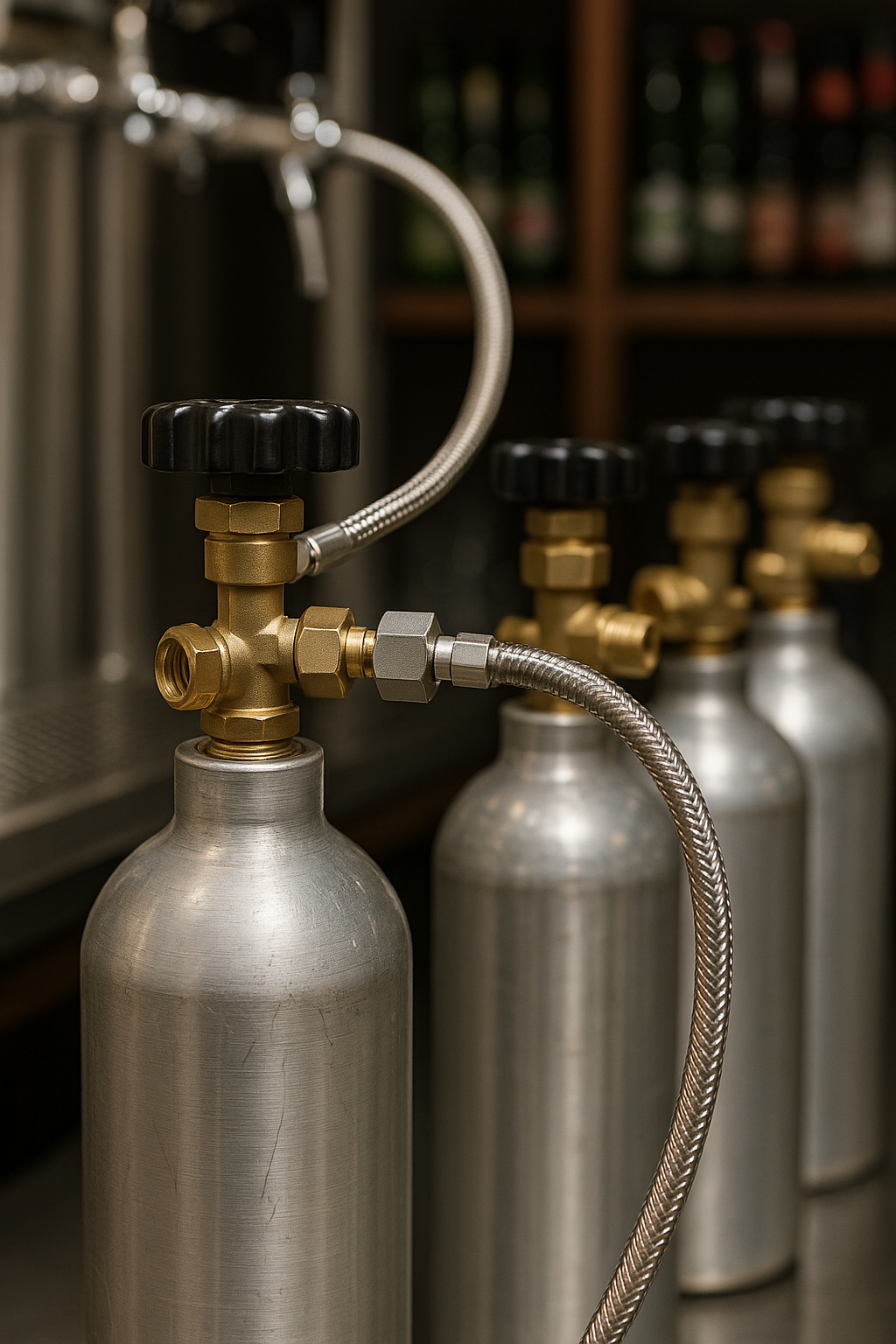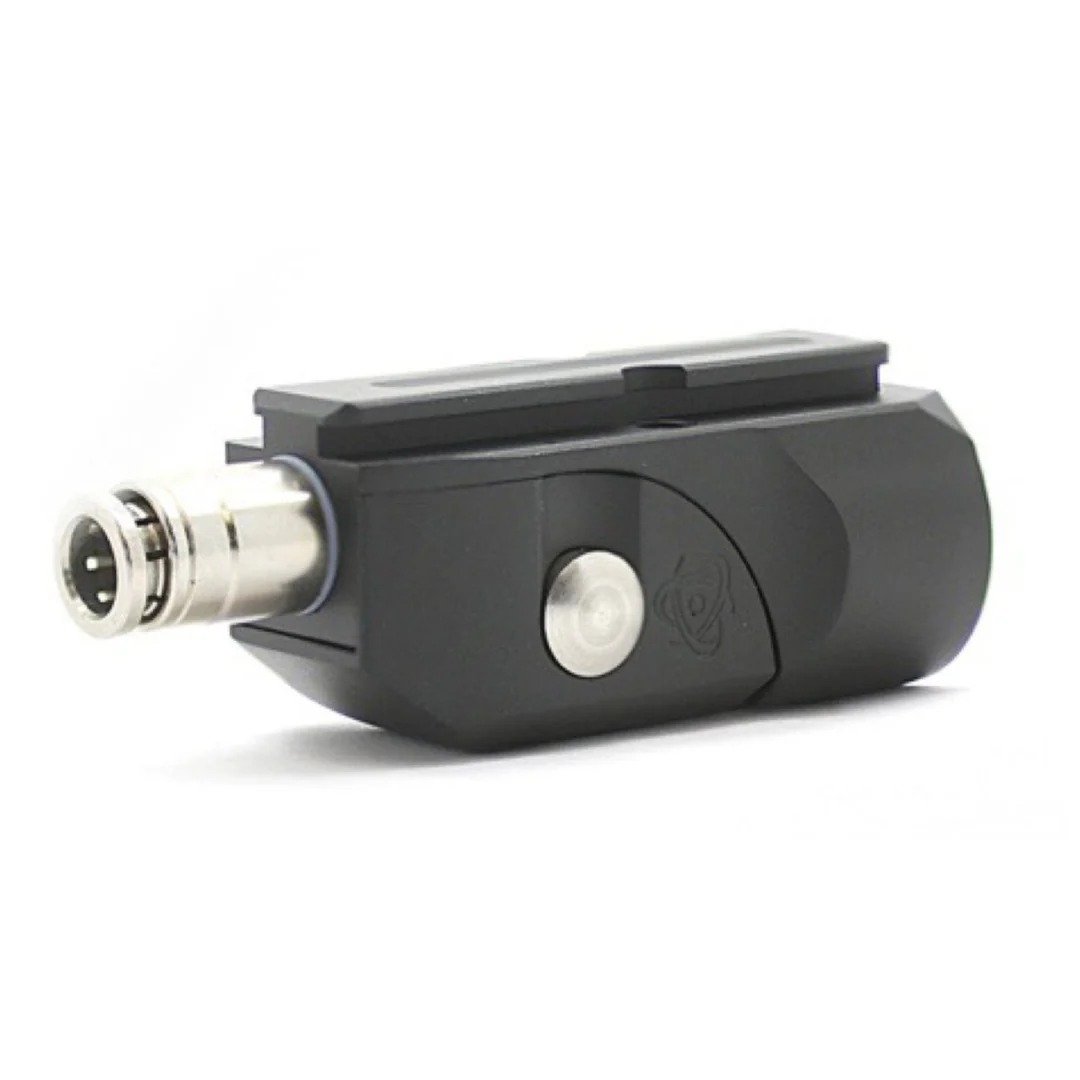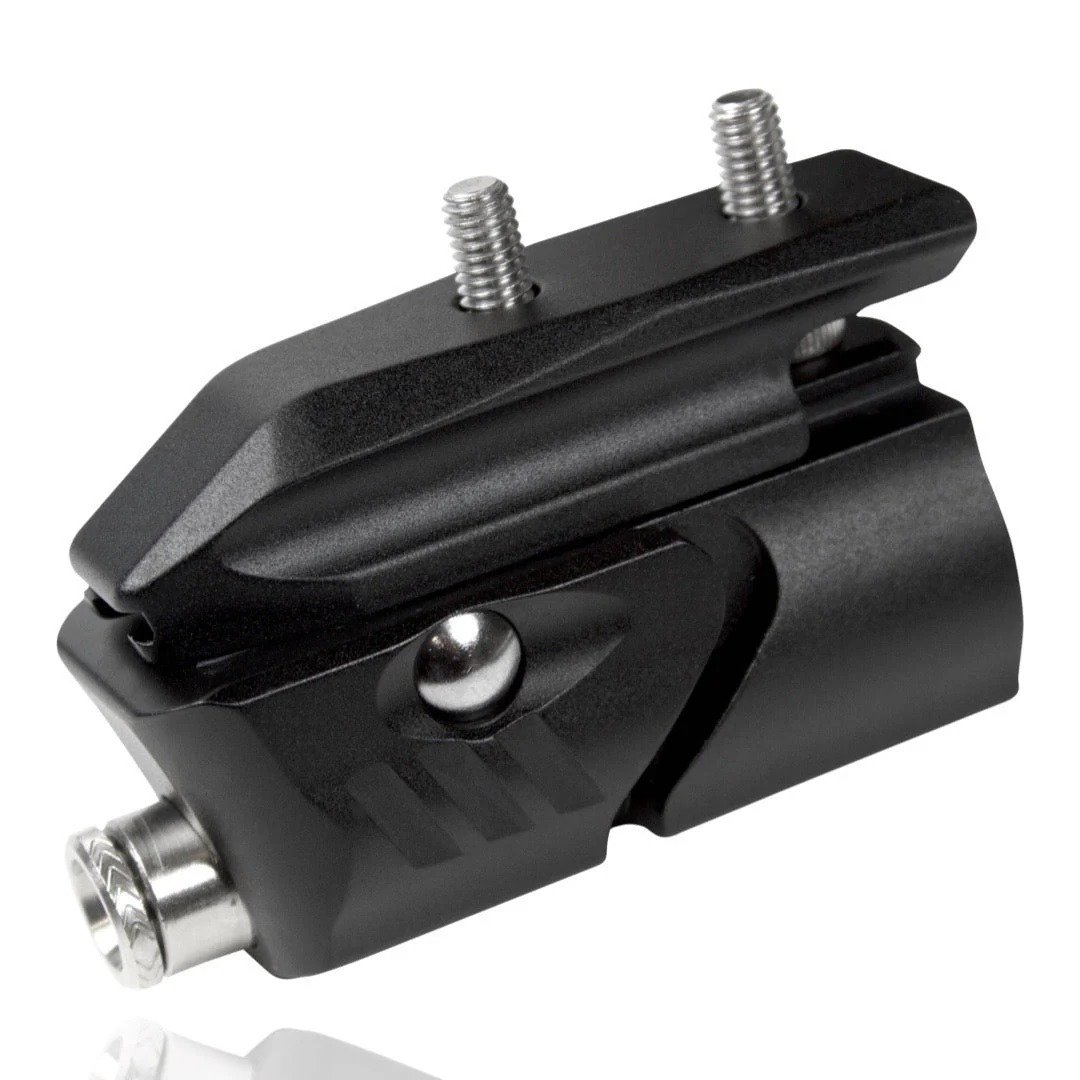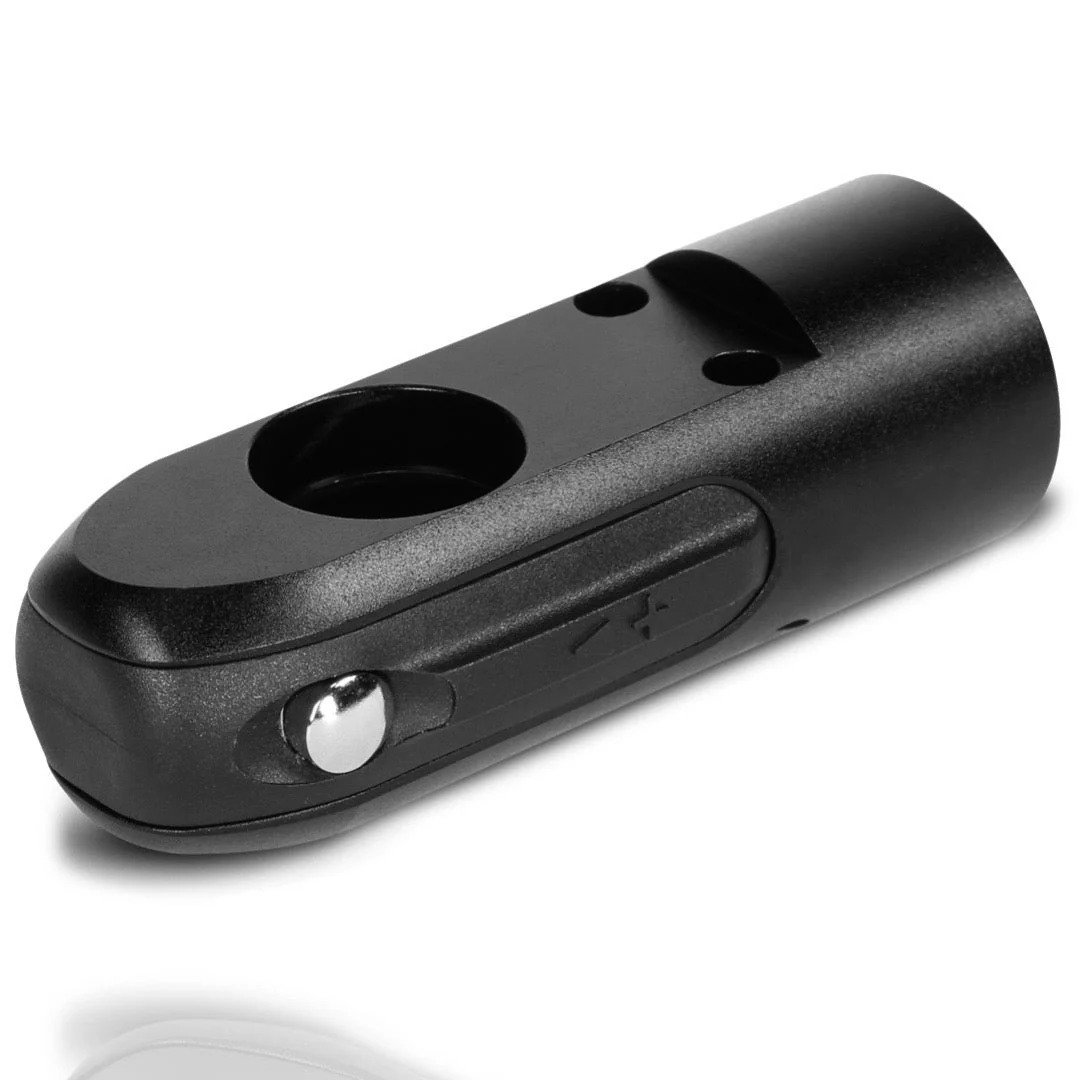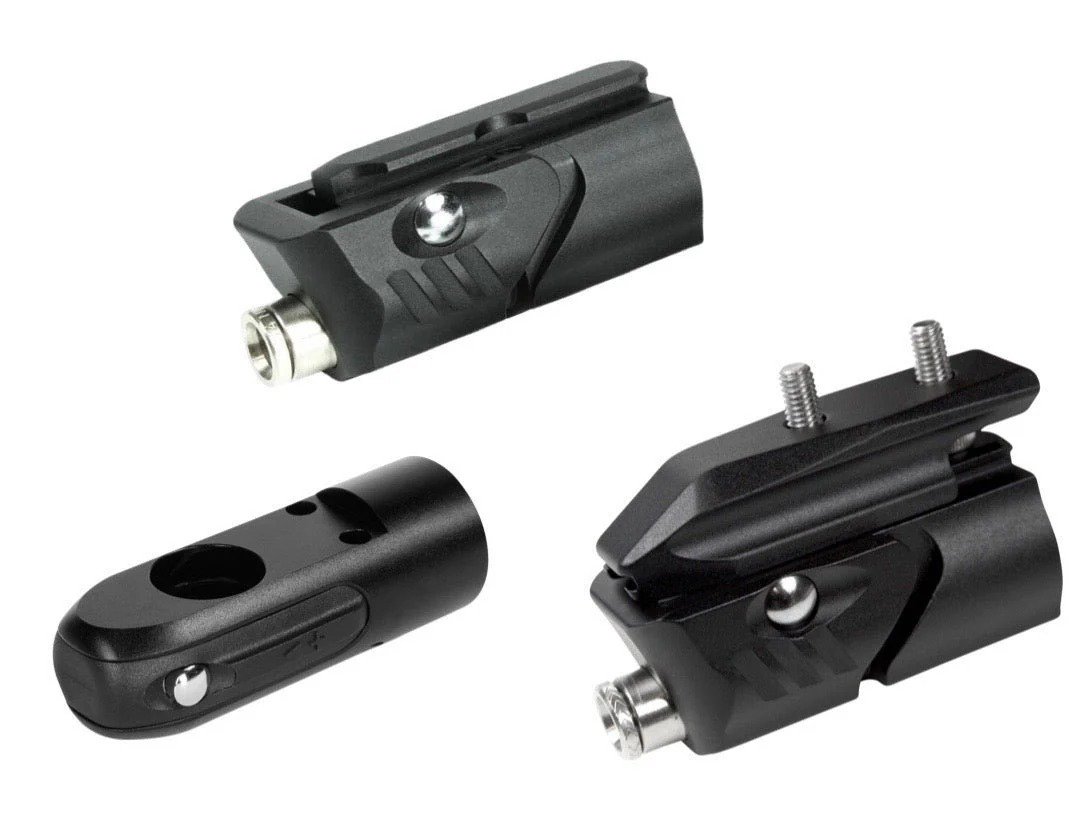Paintball guns look like toys, but don’t let that fool you—they shoot with real force. Getting hit by one can leave a welt and, in some cases, even break the skin.
A paintball typically travels at 260–300 feet per second (FPS), hitting with 10–12 joules of energy—enough to cause pain and bruising on bare skin.
For players and field operators, understanding this power isn’t just about safety—it’s about matching the right tank system and pressure setup to your game needs. Let’s dive into the essentials.
Is CO2 or HPA Better for Paintball?
CO2 tanks are cheap and everywhere. But is cheap really better when accuracy and consistency matter?
HPA (High-Pressure Air) tanks are better for consistent performance, especially in cold weather. CO₂ is more cost-effective but less stable under varying conditions.
Choosing Between CO2 and HPA
Performance Comparison
| Feature | CO₂ | HPA |
| Pressure Stability | Fluctuates with temperature | Consistent |
| Cold Weather | Poor | Excellent |
| Shot-to-Shot Accuracy | Inconsistent | More reliable |
| Refilling Convenience | Widely available | Requires special refill stations |
| Entry Cost | Lower | Higher upfront cost |
| Tank Weight | Heavier | Lighter with carbon fiber options |
CO2 tanks work by releasing liquid CO2, which converts to gas and propels the paintball. But this gas cools rapidly with each shot, making pressure unstable—especially in cold environments. On the other hand, HPA tanks (especially carbon fiber ones) store compressed air at 3000–4500 psi and maintain steady output, making them the preferred choice for serious players and competitive field operators.
If your field is in a hot climate or you’re serving budget-conscious customers, CO2 may suffice. But if consistency, long-term durability, and cold-weather play matter more—invest in HPA.
How Many Years Is a Paintball Tank Good For?
Ever wonder if your tank is still safe to use after sitting in storage for years?
Most paintball tanks are safe for 3–5 years depending on their material, and must pass hydrostatic testing to be legally refilled.
Understanding Tank Lifespan
Key Lifespan Factors
| Tank Type | Hydro Test Interval | Expected Lifespan | Signs of Expiry |
| Aluminum CO2 | Every 5 years | 15+ years | Rust, dents, failed test |
| Steel HPA | Every 5 years | 15–30 years | Corrosion, pressure leaks |
| Carbon Fiber HPA | Every 5 years | 15 years max | Label peeling, tank fading |
Hydro testing is like a health checkup for your tank—it ensures the cylinder can safely hold pressure without bursting. Tanks used in commercial paintball fields should be tracked with testing records to avoid compliance issues. For B2B distributors like James Carter in the U.S., knowing the test date before shipping is a must-have requirement. At Alizee, we ship tanks with the freshest possible hydro dates to support your local resale timelines.
How Much PSI Is in a Paintball Tank?
Too much pressure can damage gear. Too little, and the marker won’t fire. So what’s the right amount?
Paintball tanks typically hold between 850 PSI (CO₂) and 3000–4500 PSI (HPA), depending on the gas and tank type.
PSI Breakdown by Tank Type
Common Pressure Ratings
| Tank Type | Max PSI | Operating PSI | Regulator Output |
| CO₂ (liquid/gas) | ~850 | Varies with temp | 400–900 psi |
| Aluminum HPA | 3000 | 800–850 | 450–850 psi |
| Carbon Fiber HPA | 4500 | 800–850 | Adjustable |
Ninja regulators, for example, allow you to adjust output pressure by changing shims—ideal for customizing based on your marker’s needs. Whether you supply paintball arenas or sell to training institutions, knowing PSI specs helps you match your cylinders to your customers’ equipment.
Conclusion
Understanding how powerful paintball really is helps you make better buying and selling decisions—whether it’s CO2 vs. HPA, tank lifespan, or pressure specs.

